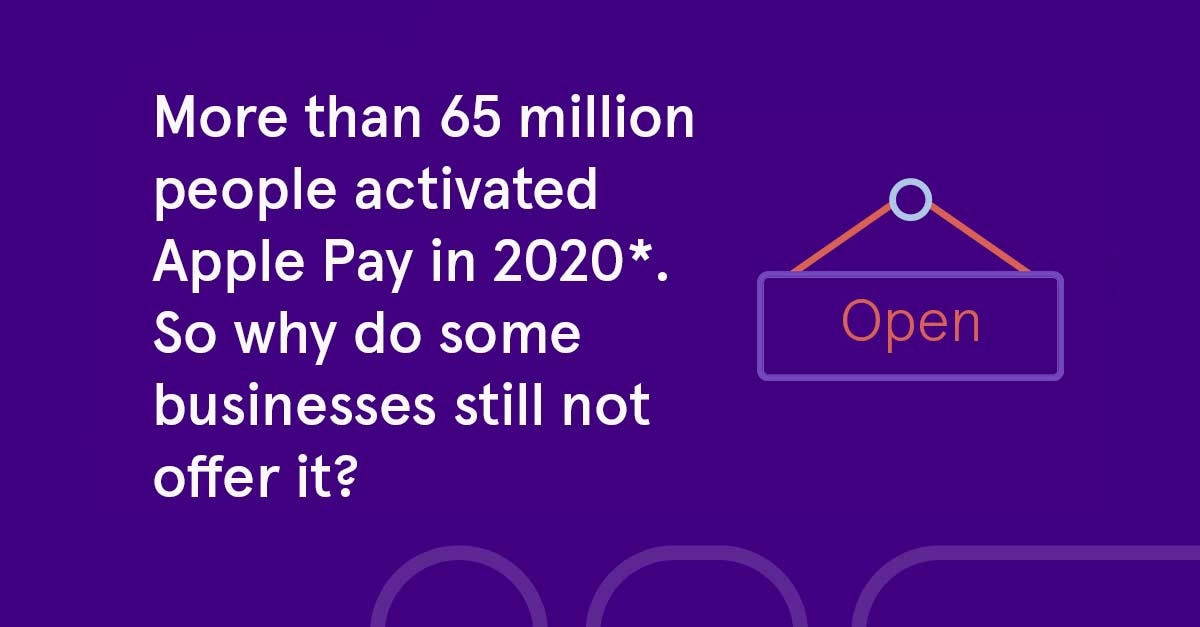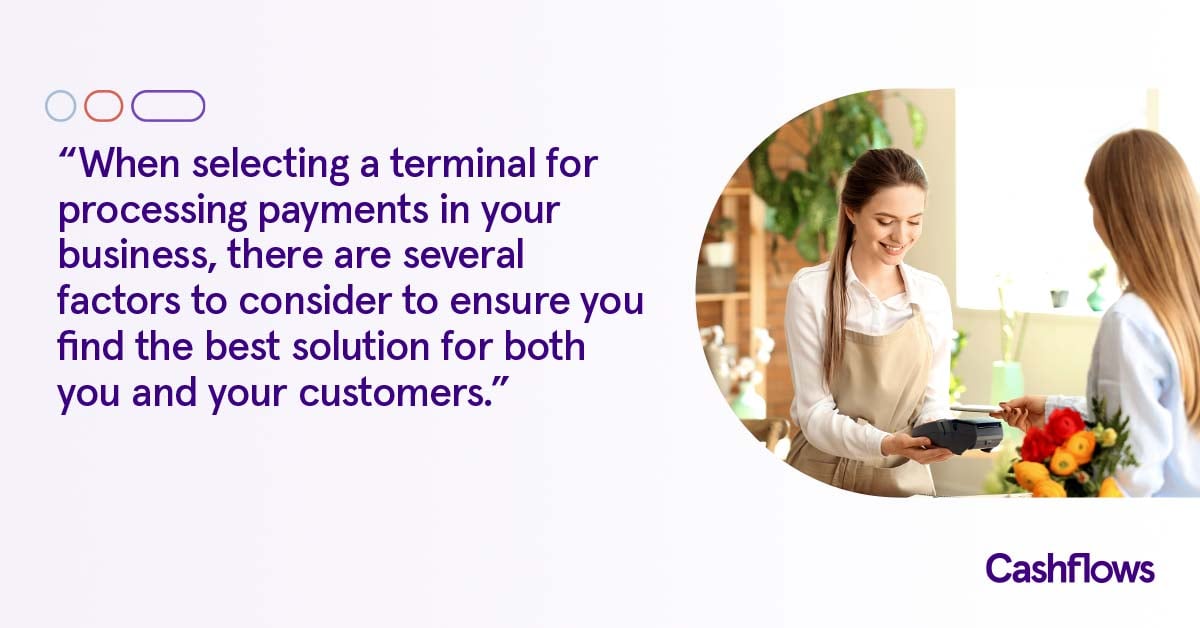Digital payments are no longer something of the future, they are the present, with the majority of businesses offering their customers payment methods such as Apple Pay and Google Pay both online and in-store. As a result of the COVID-19 pandemic, some retailers have become entirely cashless and plan on remaining so1. But if the current mainstream model is swiftly moving away from cash transactions, what is holding some businesses back? Why doesn’t everywhere accept digital?
Demand
Initially, many small businesses felt that there simply wasn’t the demand amongst their customers to necessitate offering digital payments. However, following the pandemic and the rapid growth of users of Apple Pay and Google Pay (due to them being seen as more hygienic ways to pay), this can no longer be said to be the case.
Whilst some SMEs, particularly in underserved locations, continue to justify not offering digital payments by relying on the need of their customers for their services, this is not a growth model. Increasingly, consumers are surrounded by choice and, despite an increased concern with using local and ethical businesses, convenience is still the biggest factor in purchasing decions2. By choosing not to compete with those businesses that do offer their customers new experiences and a range of easy payment options, many SMEs are severely limiting the development of their business.
Price
One of the main sticking points for business owners taking payments other than cash and cheque are the fees that go along with them. Particularly for SMEs, processing fees can eat into tight profit margins. Retailers often feel anxious about the prospect of either losing a percentage from each sale to a payments provider or passing on those costs to their customers by increasing their prices3.
Increasingly, however, banks are making it more expensive to transact in cash – ATMs are increasingly adding charges for withdrawal, and newer banks, such as Revolut, are adding charges for withdrawing more than a certain amount of cash4.
Also, accepting cash comes with additional costs that are often not considered. The human element of cash means there is room for both employee theft and human error. Cash also requires time, and therefore money. Cash registers have to be prepared, change has to be counted out for customers (causing delays and lengthening lines, putting potential customers off), payments reconciled at the end of the day, cash has to be protected and transported to the bank – it all builds up.
Complexity & Access
Cash is still seen as king amongst many SMEs. When accepting cash, the business knows that the payment has been completed in full, the amount is immediately available for business owners to use or deposit, and they are used to the manual systems that they use to keep track of payments and profit5.
Card and digital payments are more of an unknown. Traditionally, it can often take several days for businesses to get hold of their money and, if a customer is unhappy with a product or service, chargebacks from issuers can often be expensive. Payment providers also often have multiple reporting portals and systems, making reconciliation difficult and data tricky to access.
For businesses that already have payments systems in place, owners fear that integrating new digital payment methods to existing systems will cause them additional stress and work. Not every payment provider offers digital payment methods to their customers and even fewer have integrated these methods seamlessly into their existing systems. This may mean that an SME would have to employ additional staff (a significant increased expense) to reconcile and track payments across multiple systems or at least make more work for the people who already do. The alternative, switching to a new provider that does offer integrated digital payments, can often cause anxiety. Business owners worry about whether there will be downtime to their website or in-person points of sale and the need for them and their staff to learn a new system.
Primarily, this is a case of business owners not knowing the options out there. Newer payment providers that are unencumbered with legacy systems can provide their customers with digital payment methods that connect into existing dashboards, meaning all the data they need is in one place. Settlement can now take place instantly, meaning owners can get their money working for them straight away. Switching providers has also become increasingly easy, with onboarding often only taking a matter of hours, allowing businesses to keep running as normal.
We understand how stressful online payments can be, but at Cashflows, we prioritise ease and simplicity. If you’re interested in learning more about how you can start offering your customers digital payment options and how this can help your business growth, contact our team, or check out our guide to eCommerce.
Sources:


